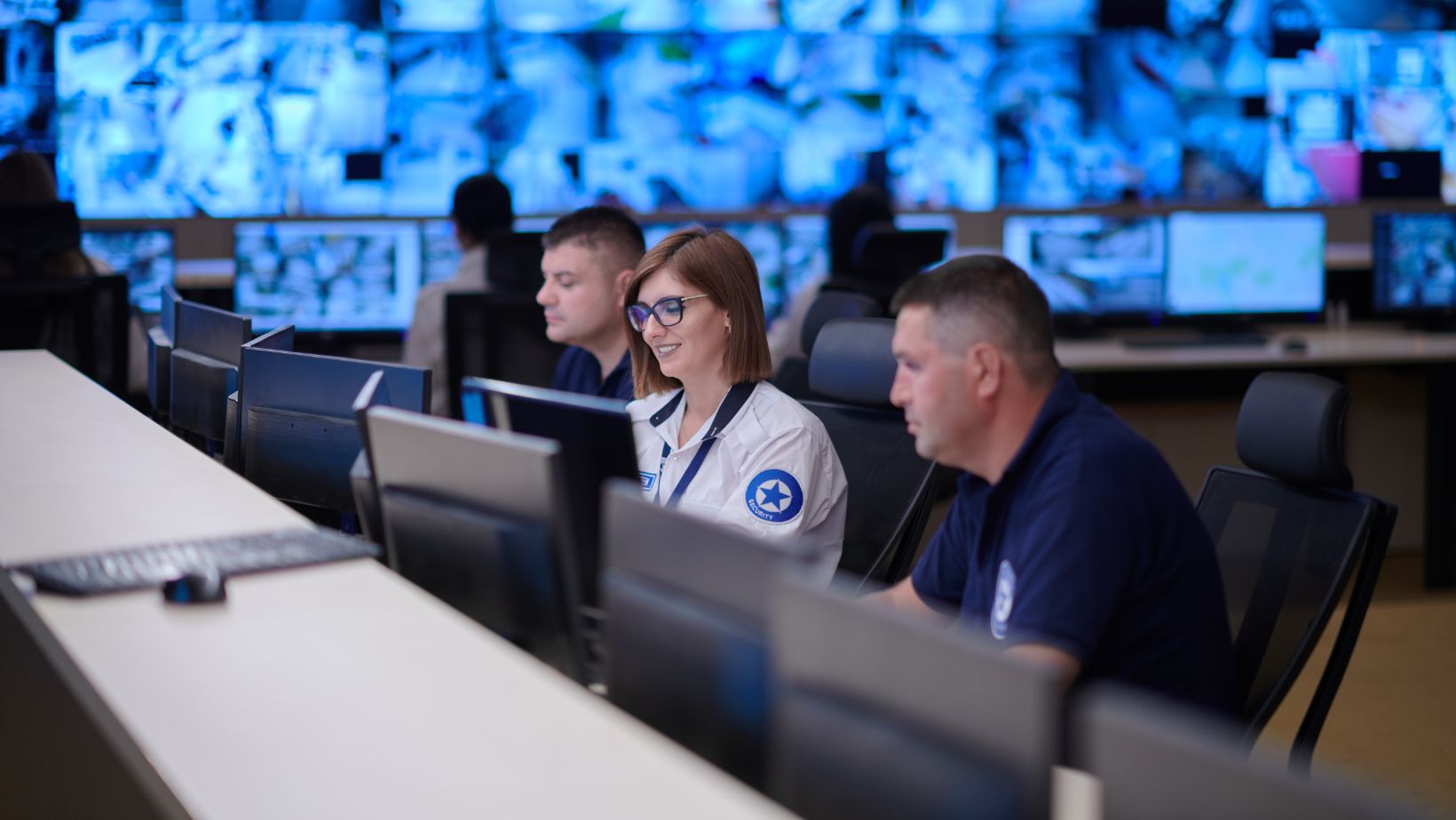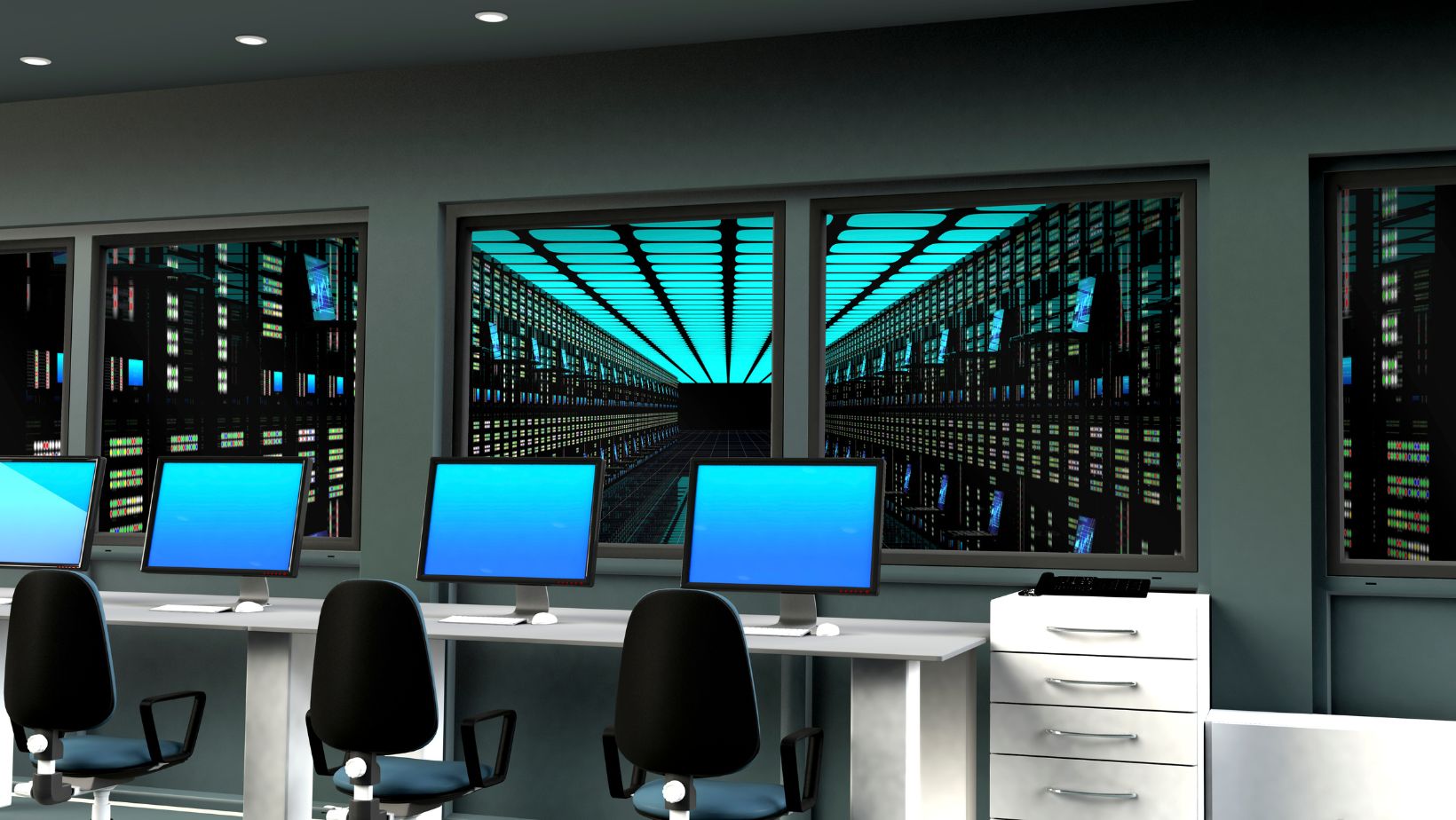Picture a world where everything is simple to use and everything talks to us all the time. It is now time for tools for control. When you change your home’s temperature, are amazed by how well a robotic arm works, or just set your coffee maker to brew in the morning, you can feel the magic of a control system.
We can’t see the control systems that make sure everything works right. Because of them, we can get more done with less trouble.
This book will talk about the cool things that these systems do for us. Read more!
What are Control Systems?
The term “control systems” refers to the set of tools and methods used to manage, direct, or control how other systems work. In basic terms, they are the things we use to keep machines and systems stable and get the results we want. Control systems make sure that outputs stay within a certain range or follow a certain rhythm by constantly checking and changing input data.
Types of Control Systems
There are two primary types of control systems: open-loop systems and closed-loop (or feedback) systems. Each type has its unique characteristics and applications.
Open-Loop Control Systems
Tools for open-loop management don’t change what they do because they don’t see anything new. These tools can be told what to do by writing it down or setting a point.
What if I don’t have enough stuff? Now that we know more about the method, we don’t know if it will work better.
An open-loop control is like a timer for a machine. You can’t stop the loop once it starts. You can tell it to keep going.

The machine might not be able to clean a bigger load as well if you speed it up. This is what goes wrong with open-loop processes when things change.
Setting up these tools is usually easier and less expensive. But you might need to carefully plan them out to make sure they work well where they’re meant to.
Closed-Loop Control Systems
Closed-loop control systems are smart systems that use inputs to keep things fixed and get the results that are needed. These systems check their output information all the time and compare it to a number that has already been set. This lets them make any changes that are needed to keep the system running well enough.
A closed-loop control system is something like a thermostat that determines how hot or cold a room is. Between the current temperature and the setpoint, which is the temperature you want it to be, it checks this all the time.
The thermostat will switch on or off the heating or cooling system if this setpoint temperature is not attained. By just running the system when needed, this strategy keeps things warm and saves power.
Components of Control Systems
Control systems comprise three essential components: input, process, and output. These components work together to achieve the desired outcome and maintain system stability.
Input
Inputs are the signals or orders that tell the system control center what to do. They are the most important part of many processes because they start them off. Most of the time, these inputs come from outside the system and can be things like temperature, pressure, speed, or other measured variables that can change how it works.
Automobile control systems may receive engine temperature and tire pressure. This would change fuel injection or activate warning lights. Knowing how these parameters impact the control system is crucial for optimal performance and safety in many scenarios.
Process
Processes make control center systems operate. Sensors (that sense environmental changes), actuators (that produce output), controllers (that make decisions based on inputs), and logic circuits (that process information) are needed to convert inputs to outputs. Each portion is crucial for timely system operation.
Depending on the needs and uses of the control system, such as for industrial automation, robots, or home automation, the method that is used can be very different. To get the best performance and results from any control system, you need to understand these steps.
Output
The result or answer that a control system gives in response to a certain input is called its output. Depending on what you want to happen, this output can take many forms, such as a change in temperature, speed, direction, or other measured factors. In a heating system, for example, the result could be the rise in temperature when the thermostat finds that the room is cooler than the set point.
Similarly, in the case of an automobile, the result could be changing the speed of the car when the driver speeds up or slows down.

Overall, knowing the result is very important for figuring out how well and efficiently the control system is doing its job.
Applications of Control Systems
Control systems have a vast range of applications across various industries and fields. Some common examples include:
- Household appliances: washing machines, refrigerators
- Industrial processes: chemical production, manufacturing
- Aerospace industry: flight controls, navigation
- Automotive industry: engine management, assistance
- Robotics: precise movement control
Advantages of Control Systems
The use of control systems offers several advantages that make them an essential part of modern technology. Some key benefits include:
- Enhanced efficiency and accuracy
- Better system stability and safety
- Consistent output despite changes
- Reduced human error and labor
Challenges in Control Systems
There are many good things about control systems, but there are also some problems that need to be carefully thought through when they are being designed and put into use. Some of these problems are:
- Complex feedback mechanisms require tuning
- Dependence on external factors
- Risk of malfunctions and failures
- Costly downtime and hazards
When designing a comprehensive control system, it is essential to consider system control center as the central control company for monitoring, diagnosing, and managing all operational processes. This centralized approach not only enhances coordination and performance efficiency but also enables quick response to any disruptions or anomalies within the system.
The Future Beckons: Embracing Control System Innovations
The control system is an important part of our technology because it provides accuracy, speed, and security system in many situations. Control systems will play an even bigger role in shaping a future where automation and smart systems are easily integrated into our daily lives as we keep coming up with new ideas and embracing new technologies.
Visit our blog for more information and new ideas about control systems and other cool tech advances. Try out new things and stay ahead in the world of technology, which is always changing!

























